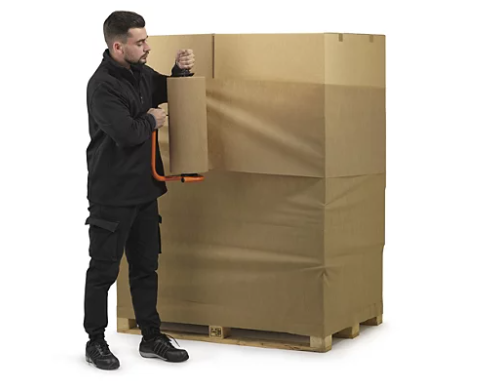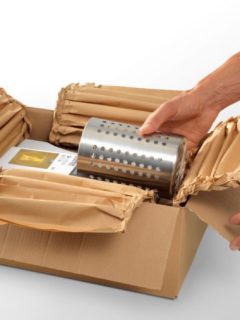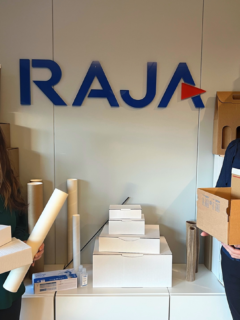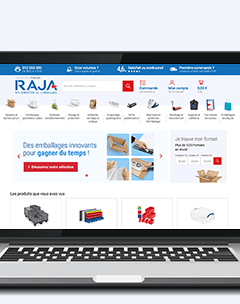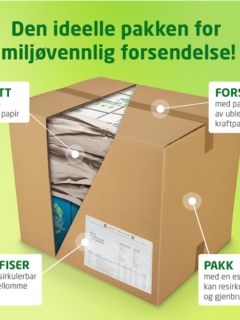Consumers are increasingly demanding the most environmentally friendly packaging possible, and this applies to most industries. To keep customers happy, it’s important to take environmental responsibility, but it can be challenging to know how to make the best possible environmental choices. That’s why we’ve compiled a list of the seven most important trends in green packaging, or packaging with the lowest possible environmental impact.
Why should you know about green packaging?
If you’re interested in packaging that contributes to the circular economy, there’s a good reason: Green packaging fits in perfectly with current consumer trends. There are several consumer surveys that indicate that consumers are willing to pay more for products that are packaged with sustainable materials, so green packaging contributes positively to your brand.
Furthermore, green packaging is important for compliance with laws and regulations. The EU has increasingly stringent requirements for companies to take environmental responsibility for their packaging, and the rules also apply to Norwegian organisations.
Last but not least, green packaging will protect and increase the value of your products. Today, there is a wide range of packaging available that provides the same level of protection as traditional packaging products, while having a lower impact on the environment.
Below you’ll find the seven key trends in green packaging and learn more about their benefits.
1. Recyclable packaging
Recyclable packaging is probably the best-known type of green packaging and the most widely adopted. This is packaging that is designed to be source-separated from consumers or businesses, to be converted into a secondary material that can be used to make new packaging or new products.
The big advantage is that recycling is familiar to customers and they know how to sort the packaging to be recycled.
Some examples of green packaging:
- Plastic envelopes with bubble wrap: These are easy to sort at source, as both the bubbles and the envelope are made from recyclable plastic. The plastic envelopes adapt easily to the contents and the bubble wrap inside provides good protection against shocks.
- Gift boxes with magnetic closure: These are also 100% recyclable and highly protective thanks to the rigid cardboard covered in smooth kraft paper.
- Kraft paper stretch film: This can be stretched by up to 30% and allows pallets to be stretched in an environmentally friendly way, as it is fully recyclable.
2. Packaging made from recycled materials
The second trend includes all packaging that comes from the recycling chain and is made from materials that have been recycled from other packaging or products. This can be packaging made from plastic, cardboard, glass, metal or kraft paper.
Please note that some of this packaging is also recyclable, compostable or made from one material – but not all.
Some examples of green packaging:
- Boxes madeof simple corrugated cardboard: Most of RAJA’s boxes are made from 70% recycled paper. We have a wide range of boxes and over 600 different sizes in stock.
- Bubble wrap made from 50% recycled plastic: Bubble wrap is a flexible and lightweight protective material suitable for most products. Available in various sizes.
- Recycled tension band: The tape is made from 80% recycled PET and is a good alternative to traditional steel tape.
- Bubble wrap made fromrecycled paper: The bubble wrap is made from 100% recycled paper, making it an environmentally friendly alternative.
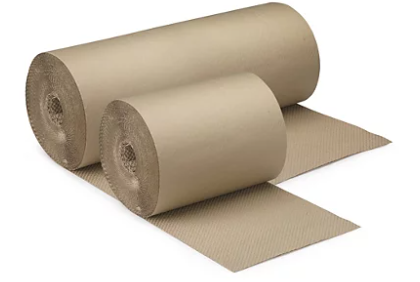
3. Bio-based packaging
Bio-based packaging is packaging that is produced from bio-based materials such as corn, starch, sugar cane, cellulose or vegetable oils.
Example of green packaging:
- Flo-Pak Natural, packing chips made from starch. These crisps break down in water and leave no toxic waste.
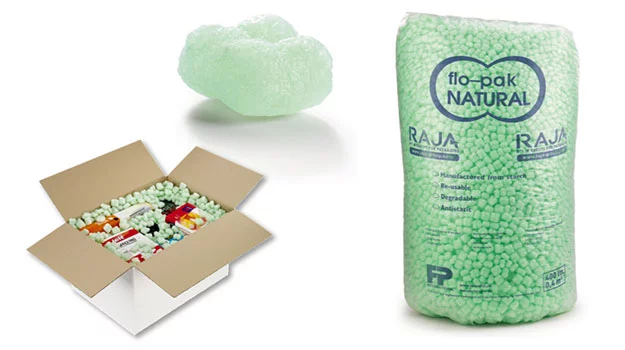
4. Packaging in mono-material
Mono-material packaging is made from a single raw material, hence the name. This reduces the use of materials.
When the packaging is recyclable, it can also go directly into the relevant recycling stream, without the need to separate the different materials that make up the packaging.
Single-material packaging can be made of plastic, cardboard, paper, glass, wood or metal.
Some examples of green mono-material packaging:
- Paper padded envelopes: These kraft paper envelopes are a good environmental choice as they are all paper and therefore easy to recycle. They are durable, protective and lightweight.
- Kraft paper bags have become a trend for stores that want to profile themselves as environmentally responsible. Choose them in your company’s colours and/or printed with your store’s logo.
- Paper packing tape is also easy to recycle – if you use this tape on your boxes, the entire box can be disposed of in the paper waste without removing the tape. Simple and customer-friendly!
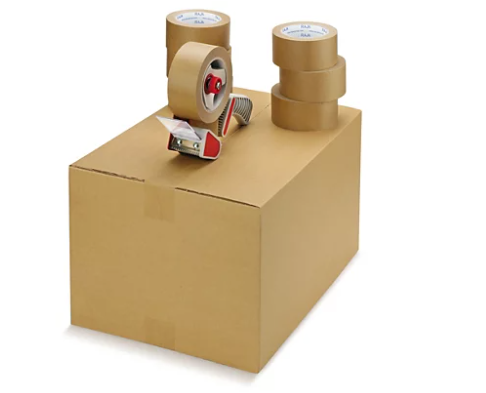
5. Compostable packaging
Compostable packaging is packaging made from materials that can be broken down in nature without negatively affecting it. This packaging is often made from the same materials as bio-based packaging. However, these are tested to ensure that they can degrade in nature – not all bio-based packaging is compostable.
Compostable packaging must be labelled with the OK Compost logo, and this is well established in several European countries.
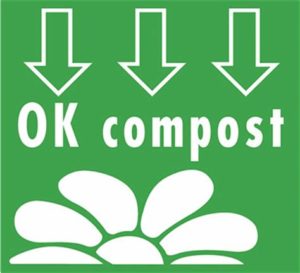
6. Reusable packaging
This type of packaging is designed to be used multiple times (often once by the company and once by the end user). Reusable packaging reduces the use of disposable packaging and thus saves resources.
Reusable packaging must be able to withstand multiple uses and can be made of cardboard, plastic or glass, for example.
Some examples of green, reusable packaging:
- Boxeswith a double adhesive strip: These boxes are sturdy with a reinforced base and have an extra adhesive strip that allows them to be used for returning goods.
- E-commerce bags with a double adhesive strip are also popular, as they make it easier for your customers to return items from your online store.
- With reusable plastic pallets, you don’t have to use traditional wooden pallets, which can’t handle as many shipments.
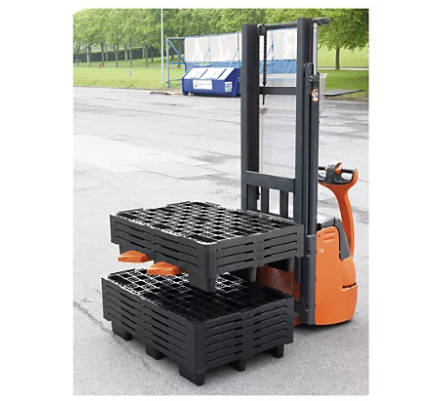
7. Ecodesigned packaging
Ecodesign is when the process of designing, developing and using packaging products takes the environment into account from the very beginning. It involves making sure that every single component of the packaging is environmentally responsible, such as the main material, protection, inks, labels, adhesives, etc.
TheEU Ecodesign Directive aims to ensure that products placed on the market in Europe are designed for a circular economy, and there will be more specific requirements for ecodesign in the future. Being an early adopter of ecodesign will have a positive impact on the brand and the company’s performance.
You can read more about this trend in this article on recycled packaging.
Which of these trends will YOU utilise to meet customer expectations and make good environmental choices for your business?
See RAJA’s range of eco-friendly and green packaging here.
If you would like advice on how to choose the most environmentally responsible solutions for your products, please contact RAJA’s customer centre on 22 51 40 00 or post@rajapack.no.
And you will also find 10 tips for more sustainable packaging in this article.











